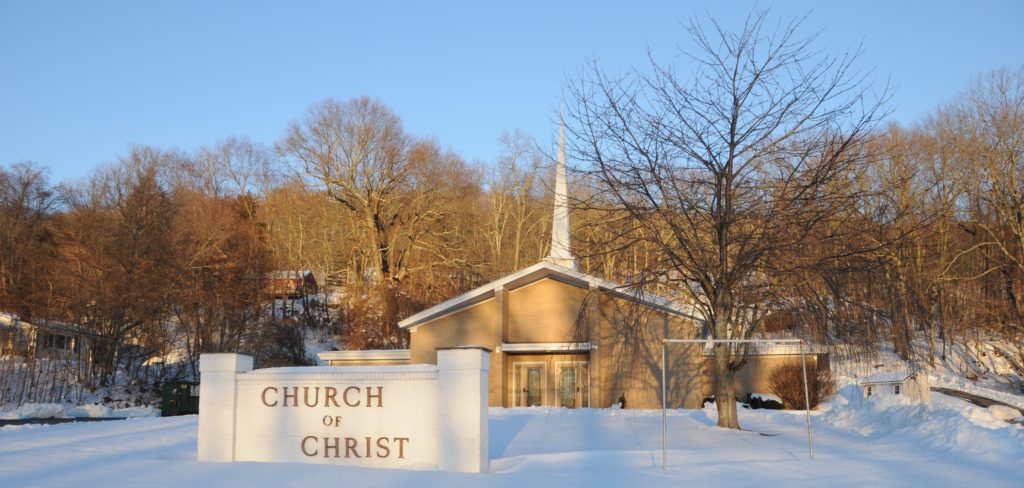
We often complain about what we don’t have: “If only we had …” when the fact is, God has given us everything we need to glorify him in this place. Do you remember the letter Jesus wrote to the church in Philadelphia (Revelation 3:7 – 13)? He said, “Behold, I have set before you an open door, which no one is able to shut.”
God the Father loves us, and Jesus his Son has blessed his churches. Our first task as a church is to recognize God has given us everything (and everyone) we need to glorify Him in this place. It’s easy to envy the Megachurches with their buildings, money, and talented staff, but, for most of us, that isn’t relevant. Sam Rainier writes:
Two simple statistics help explain the American church. There are other important church stats, but these two may surprise you.
- The median church size is 75 people.
- The median church age is 73 years.
Most American churches are smaller—under 100 people. Most American churches are older—existing for several decades. The story of the American church is one of small, established congregations.
Either most churches are failures (or dying), or we are missing something important, and I believe it is the latter. In the New Testament, we tend to think of the Jerusalem church as normative with her thousands of members, but that discounts the vast majority of churches such as Colossae, Philippi, and Rome where small groups of Christians gathered in people’s homes. I believe those congregations glorified the Lord just as much as the huge church in Jerusalem. So why do we grade churches by their physical size? Jim Belcher wrote in the introduction to Brandon O’Brien’s book, Small Church, Big Impact:
According to the Hartford Institute for Religion Research, 94 percent of all existing churches have less than five hundred attendees, and two-thirds of these have less than one hundred. Churches of more than two thousand attendees represent less than one-half of one percent of all churches in America. As I sat at the conference, I wondered why we hold these mega-churches up as the model of ministry for every church. Is it because, I asked myself, they are large and “successful”? Yet if the majority of pastors are serving at small churches and these conferences are meant to equip and encourage these pastors, why are there no small-church pastors up on the big stage who can teach us what it means to be a small-church pastor? Certainly, there are some amazing leaders and teachers at small churches. Could it be because we have bought into the notion that small churches are failed churches and they can only become successful if they follow a certain plan and grow to a certain size? Why have we allowed the ministry experience of one-half of one percent of all churches to become the standard by which we judge the remaining 99.5 percent of churches? What if we saw reality differently? What if God’s plan for most churches is to be small? What if the best model for the church is to stay under five hundred people, and even closer to the tipping point of one hundred fifty? Could it be that we have hundreds of thousands of insecure, depressed small-church pastors who have no reason to feel inadequate? And if we changed our perspective, dreamed a different dream, what difference would it make, not just for the psyche of the pastors in America but for the advancement of God’s kingdom purposes?—Jim Belcher, author of Deep Church[1]
Exercise
So how does the Lord judge a church? What makes her faithful?
[1] O’Brien, Brandon J. (2011-07-31T23:58:59). Small Church, Big Impact (Ebook Shorts). Baker Publishing Group. Kindle Edition.
